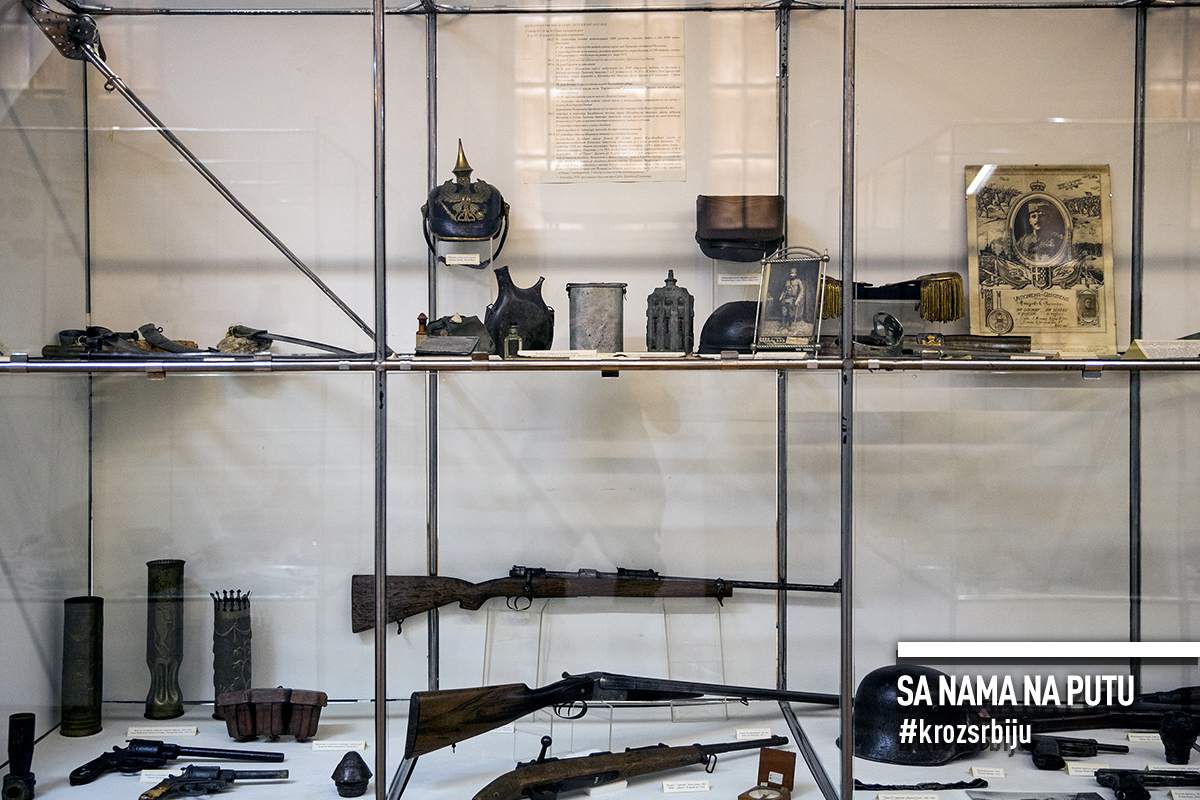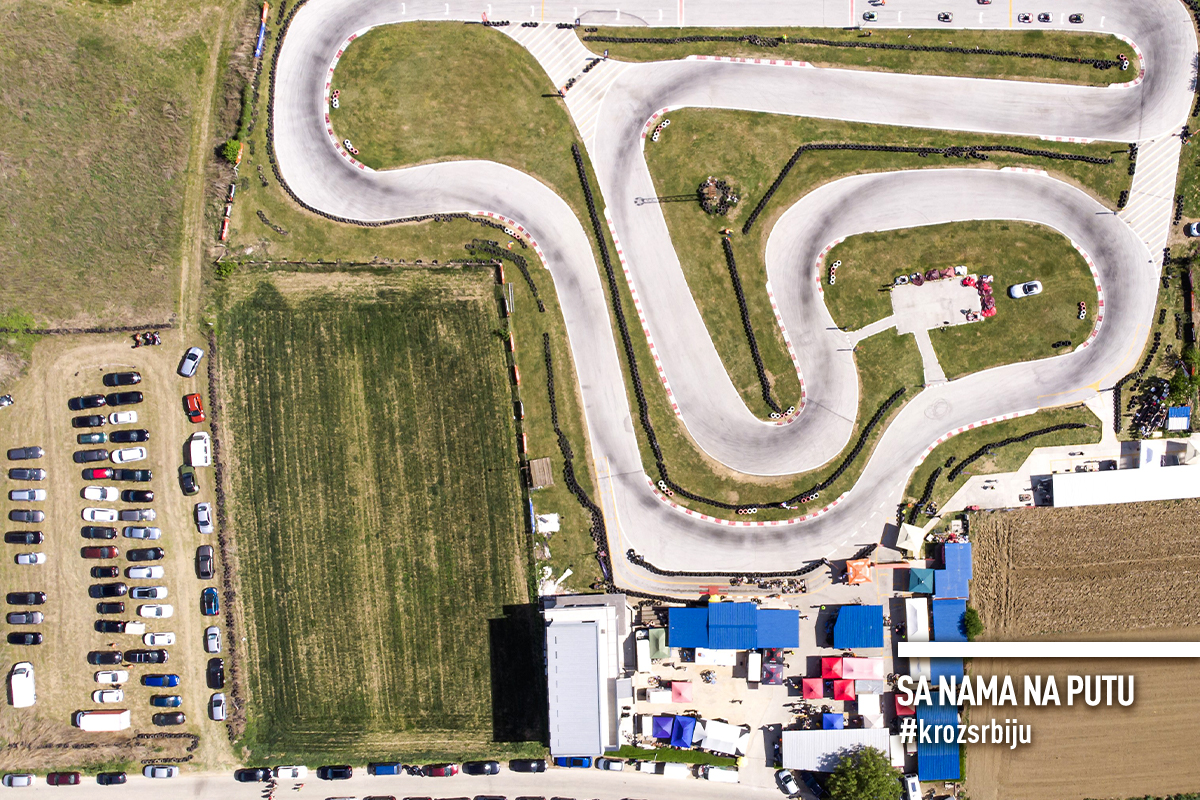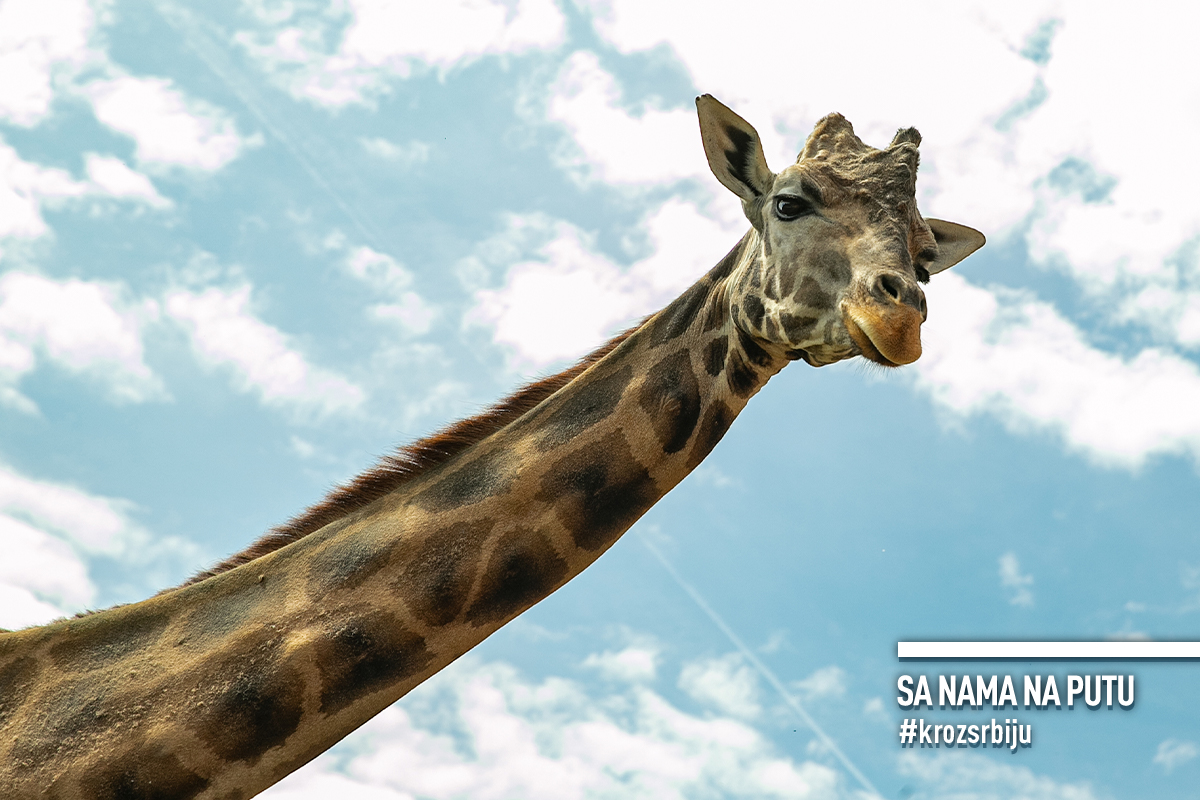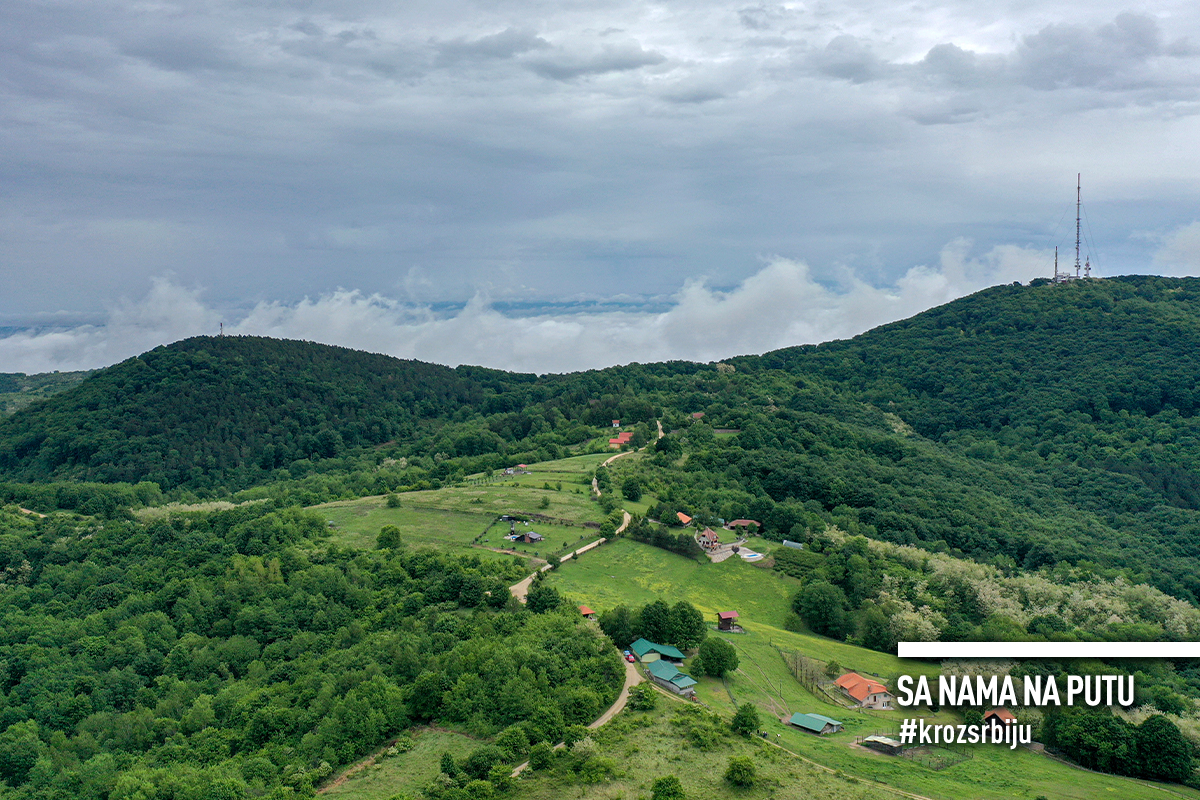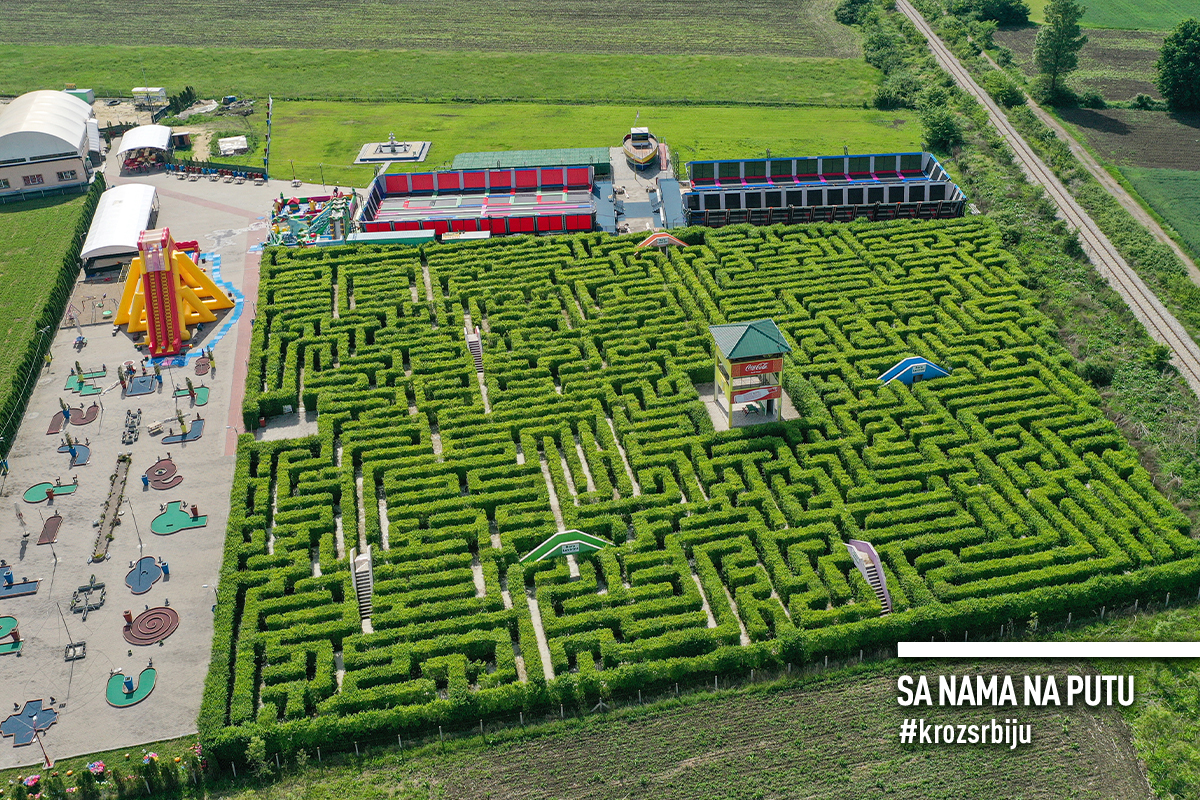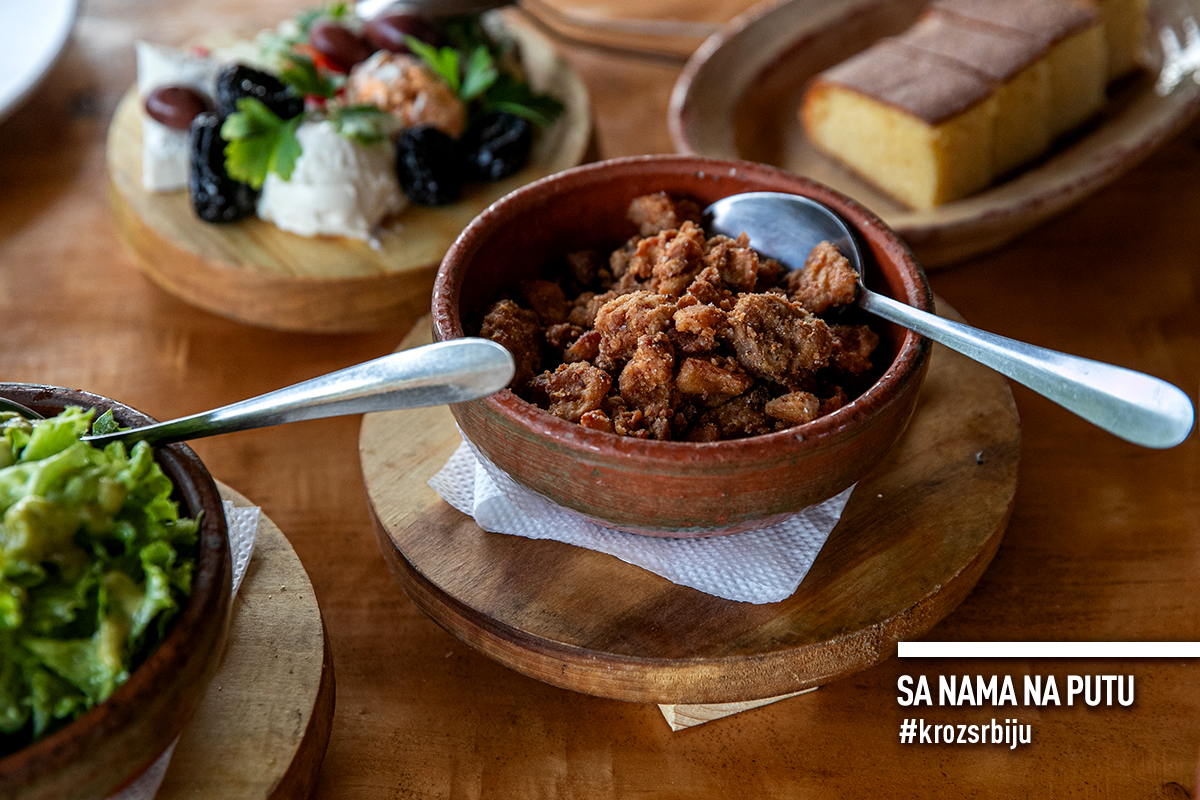“I travelled all around the world, but couldn’t find a place like Jagodina anywhere else,” says the famous adventurer Jovanča Micić in the famous Yugoslav film Journey around the World, based on the comedy play by Branislav Nušić. We have not visited the entire Serbia yet, so it is difficult to judge fairly, but we are tempted to see for ourselves whether there is any truth in this sentence of the proud inhabitants of the city over the Belica River, in central Pomoravlje District.
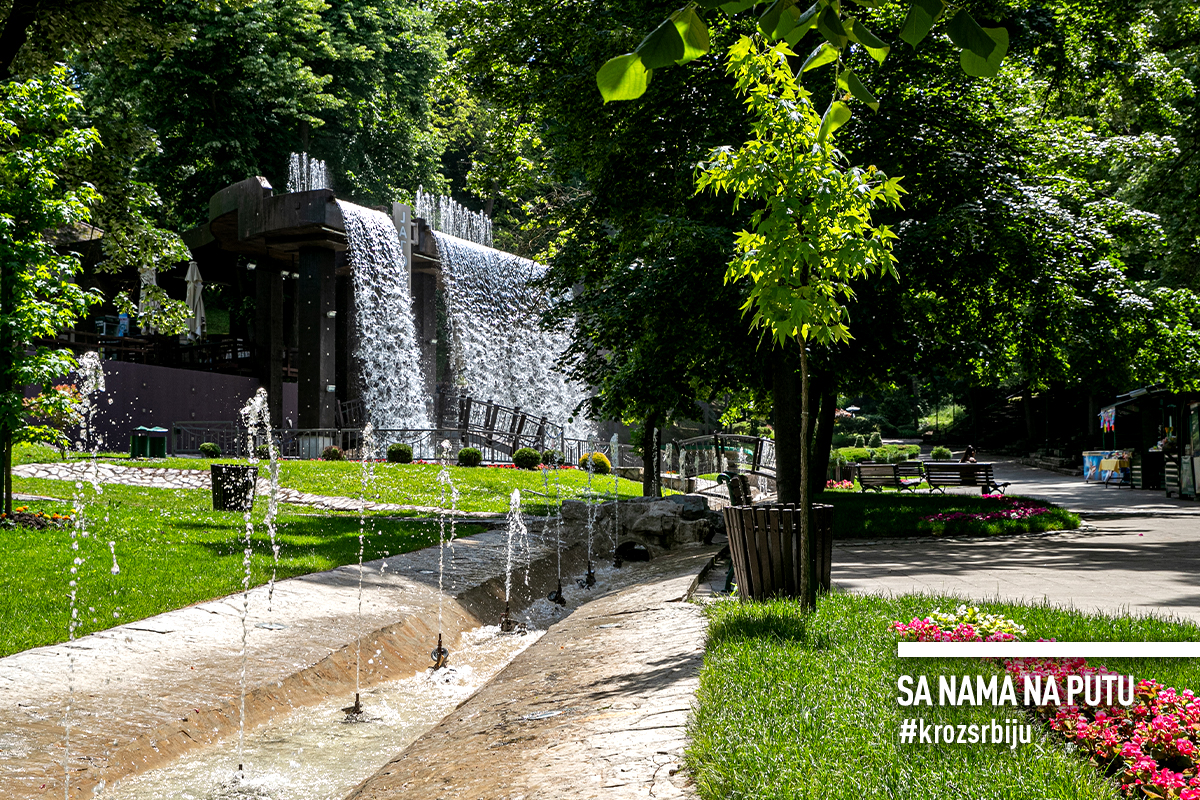
BECAUSE JAGODINA IS A CITY ABOUNDING IN ACTIVITIES
It is not known with certainty whether the first human communities in this area appeared in the old or new Stone Age, but the first preserved written data on Jagodina dates from the end of the 14th century, in a letter from Princess Milica. Throughout history, it was also called Jagodna and, for a few decades after World War II during the communist period, Svetozarevo, after the socialist Svetozar Marković. And it got its today’s name either from the red sweet fruit (“jagoda” is a Serbian word for strawberry), or, as romantics like to say, from the innkeeper named Jagoda, who had an inn on the nearby hill. She would serve guests during the day and, at night, in the moonlight, she would attack and rob rich caravans by the road accompanied by her 40 robbers. Well, who’s more intimidating – Ali Baba or the lady innkeeper from Jagodina?
Today, Jagodina is not a large town, but it offers quite a variety of content. It does not have a pedestrian zone, but the main street closes to traffic in the summer evenings. Otherwise, it is busy, full of shops, cafes, restaurants, and you can see some buildings with beautiful, decorated facades. It leads to the main square with the monument to the Liberator. The monumental obelisk made of white marble is dedicated to the people of Jagodina who fell for freedom. A tribute was also paid to the Red Army fighters who died for the liberation of several Serbian cities within the complex known as the Russian Cemetery. One of the most interesting cultural institutions is the Museum of Naïve and Marginal Art. Housed in a magnificent building, it houses a collection of unconventional art featuring more than 3,000 works by 400 authors from around thirty countries around the world. A great opportunity to get a glimpse into a slightly different world of art. You should also walk to the Old Church, dedicated to St. Michael the Archangel, the endowment of Prince Miloš from 1818, and about half a century newer church of Saints Peter and Paul.
And during the hot summer days, the most appealing place to visit is, of course, the Aqua Park waterpark. It is quite large, with many pools, slides, and various water attractions for children and adults, as well as sports fields and catering facilities. And throughout the year, you can visit Potok excursion site or Đurđevo Brdo, as it is also called. Pride of the city and, frankly, one of the most beautiful and tidy excursion cites we have seen. An oasis of greenery, trees, colourful flowers, fountains, holiday benches, walking paths, open air theatre with seats, and an artificial waterfall, the first one in Serbia. Tastefully and moderately landscaped. A modernly equipped playground for children has also been built here. Right next to the Zoo for all-day entertainment of the youngest.
The new symbol of the city is a metal globe on which fictional character Jovanča Micić sits, surrounded by suitcases, and it is inscribed with the aforementioned statement of his. It is placed on the roundabout at the entrance to the city from the direction of Ćuprija. A cute announcement of the experience that awaits you in Jagodina. And, if you wish to take a glimpse of some warrior history, it is a good idea to go to Captain Koča’s Oak on the bank of the Great Morava River. It is next to this centuries-old tree that Captain Koča Anđelković led the local people to liberation from the Ottomans.
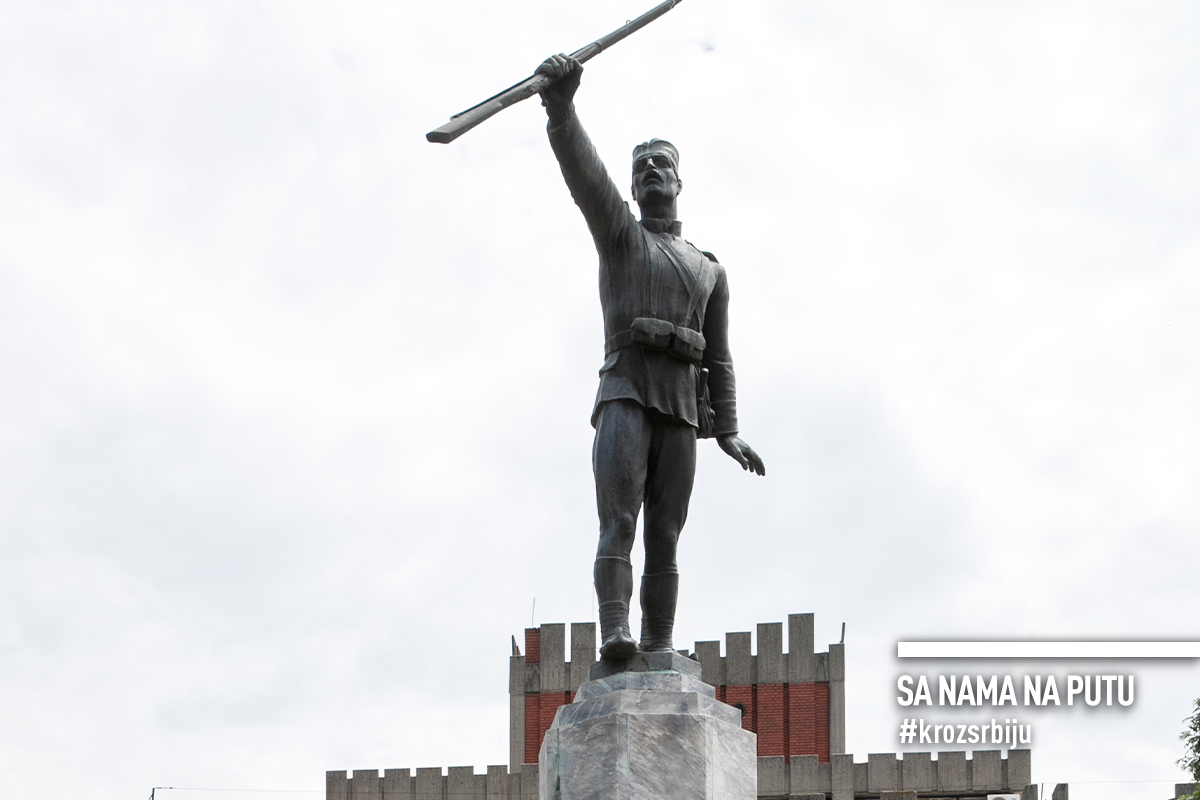
BECAUSE THE JAGODINA WAX MUSEUM IS UNIQUE IN SERBIA
It is located next to the Aqua Park. On the outside, it does not look like a museum, and on the inside, it could use some refinement. It is divided into two rooms. One includes figures of famous Serbian athletes – Vlade Divac, Sale Đorđević, and Novak Đoković. In the second room, there are domestic and foreign politicians, historical and ecclesiastical figures, artists, and two wax figures of Nikola Tesla – as an old and young man. There are only three ladies presented – Desanka Maksimović, the first Serbian female poet, nun Jefimija, and heroine Milunka Savić. There are huge differences in the representation of various figures – from the fine ones, through those that can be recognized by their characteristic garments, to the ones where the freedom of artistic expression has been so playful that it is necessary to read the nameplate in order to get an idea who the wax figure represents. Among the best exhibits, and perhaps the most faithful one, is the portrayal of Vuk Bojović, the long-time director of the Belgrade Zoo, who pioneered the idea of establishing the museum. In the central part there is a figure of King Petar I Karađorđević on the day of his coronation with a large mantle and closed carriages from the 19th century, which are believed to have been at the court of King Milan Obrenović.
It is certainly not a branch of the famous Madame Tussauds Museum, but it is the only one in Serbia, so it should be visited out of curiosity, for fun.
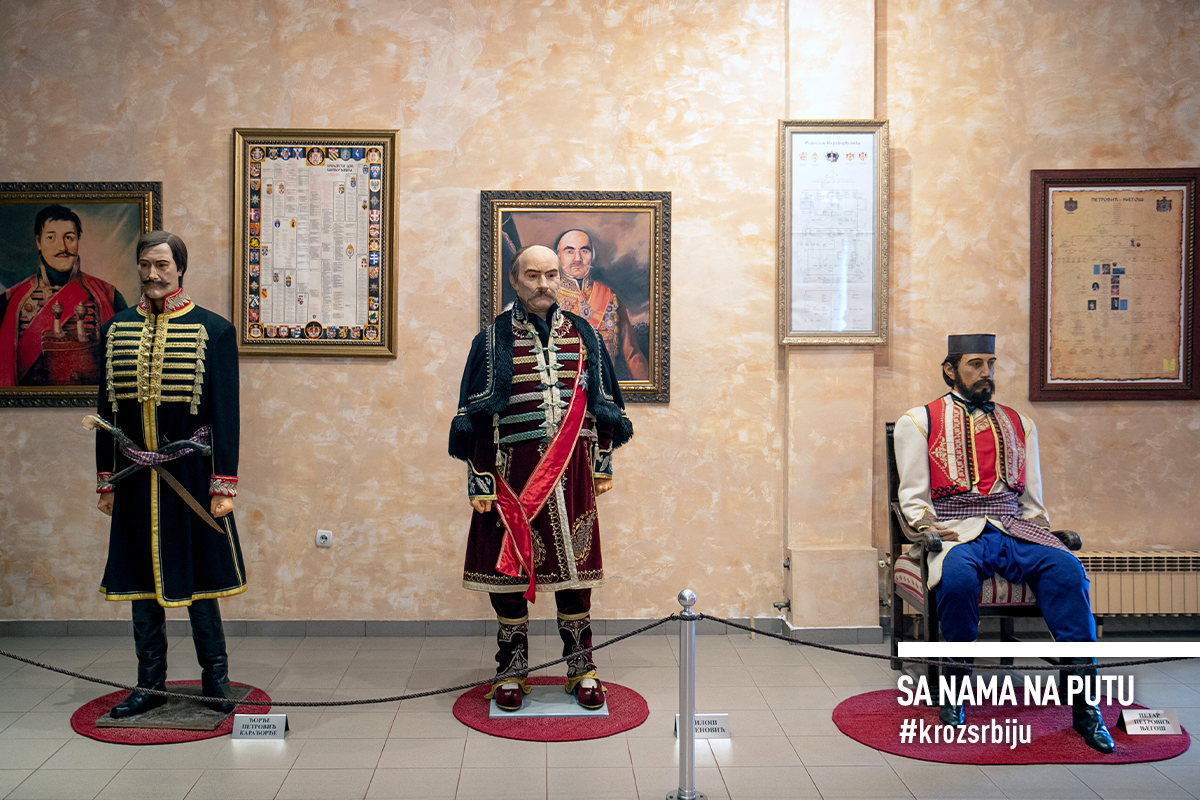
BECAUSE THE JAGODINA HOMELAND MUSEUM IS THE HERITAGE OF AN IMPORTANT NEOLITHIC COLLECTION
It is housed in a beautiful building that used to belong to the Sokol movement built in 1935 in the main city street. There are officially five departments, but they are all presented in the same room. The most valuable is the Neolithic collection of the Starčevo and Vinča cultures. Fossils of mammals, a collection of minerals, numismatic items, medieval weapons, metal filigree belts and jewellery, folk art, traditional garments and handicrafts, spiritual objects, and the collection The Birth of Glassmaking in Serbia are also on display. There must be many interesting exhibits, but it is difficult to study them all in detail and read the explanations in a cramped space and inside full showcases. It’s a pity. Unfortunately, it shares the fate of many museums in smaller areas in Serbia, which for various reasons do not have the opportunity to display their treasures in a way that would attract the attention of visitors, which they certainly deserve.
